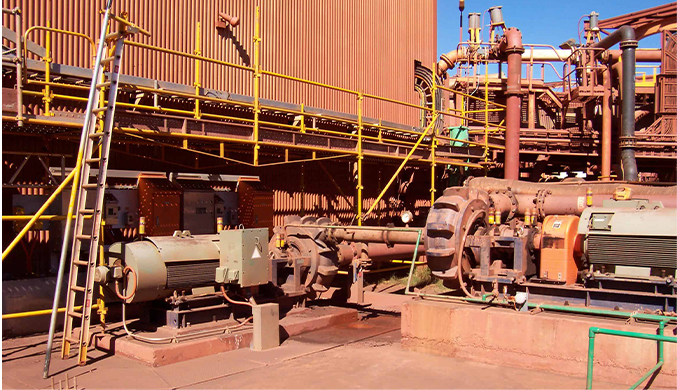English
- Afrikaans
- Albanian
- Amharic
- Arabic
- Armenian
- Azerbaijani
- Basque
- Belarusian
- Bengali
- Bosnian
- Bulgarian
- Catalan
- Cebuano
- Corsican
- Croatian
- Czech
- Danish
- Dutch
- English
- Esperanto
- Estonian
- Finnish
- French
- Frisian
- Galician
- Georgian
- German
- Greek
- Gujarati
- Haitian Creole
- hausa
- hawaiian
- Hebrew
- Hindi
- Miao
- Hungarian
- Icelandic
- igbo
- Indonesian
- irish
- Italian
- Japanese
- Javanese
- Kannada
- kazakh
- Khmer
- Rwandese
- Korean
- Kurdish
- Kyrgyz
- Lao
- Latin
- Latvian
- Lithuanian
- Luxembourgish
- Macedonian
- Malgashi
- Malay
- Malayalam
- Maltese
- Maori
- Marathi
- Mongolian
- Myanmar
- Nepali
- Norwegian
- Norwegian
- Occitan
- Pashto
- Persian
- Polish
- Portuguese
- Punjabi
- Romanian
- Russian
- Samoan
- Scottish Gaelic
- Serbian
- Sesotho
- Shona
- Sindhi
- Sinhala
- Slovak
- Slovenian
- Somali
- Spanish
- Sundanese
- Swahili
- Swedish
- Tagalog
- Tajik
- Tamil
- Tatar
- Telugu
- Thai
- Turkish
- Turkmen
- Ukrainian
- Urdu
- Uighur
- Uzbek
- Vietnamese
- Welsh
- Bantu
- Yiddish
- Yoruba
- Zulu
Telephone: +86 13120555503
Email: frank@cypump.com
Dec . 07, 2024 01:54 Back to list
slurry pump gland seal water
Understanding Slurry Pump Gland Seal Water Importance and Functionality
In industrial applications, the need for effective fluid transport is paramount. Slurry pumps, designed to handle viscous mixtures of solids and liquids, play a crucial role in mining, construction, and waste management. A critical component of these pumps is the gland seal, particularly when using gland seal water for preventing leaks and maintaining efficiency.
What is Gland Seal Water?
Gland seal water is the fluid used to lubricate and seal the area between the rotating shaft of a pump and its stationary housing. In slurry pumps, where the handling of abrasive materials leads to wear, gland seal water acts as a barrier, preventing slurry from escaping into the environment. This is essential not only for operational efficiency but also for environmental protection.
The Role of Gland Seal Water in Slurry Pumps
1. Preventing Leakage One of the primary functions of gland seal water is to minimize leakage of the slurry. The water creates a hydraulic seal that reduces the flow of abrasive materials out of the pump casing, thereby protecting both the pump and the environment from potential spills or contamination.
2. Cooling and Lubricating The harsh conditions within slurry pumps lead to significant heat generation. Gland seal water serves to cool the sealing surfaces and lubricate them, reducing friction and wear. This extends the life of the pump components and enhances overall performance.
3. Control of Pressure Maintaining the right pressure within the pump is crucial for its optimal operation. Gland seal water helps manage the pressure conditions at the sealing point, preventing excessive pressure buildup which could lead to catastrophic failure.
4. Reducing Wear Wear and tear are inevitable in the operation of slurry pumps, especially when dealing with abrasive slurries. Gland seal water helps to wash away particles that may accumulate around the seal, further mitigating the effects of abrasion.
slurry pump gland seal water

Best Practices for Gland Seal Water Usage
To maximize the benefits of gland seal water, certain practices should be followed
- Quality of Seal Water It is imperative to use clean seal water to avoid introducing contaminants into the pump. Dirty water can exacerbate wear in sealing surfaces and decrease the effectiveness of the seal.
- Flow Rate Management Maintaining an adequate flow rate of gland seal water is vital. Too little water can lead to insufficient sealing and overheating, while too much can result in unnecessary water wastage and increased operational costs.
- Regular Maintenance Regular inspection and maintenance of the gland seal system should be part of the operational routine. This includes checking for leaks, assessing the condition of the sealing surfaces, and ensuring the supply of gland seal water is consistent and adequate.
- Monitoring Using monitoring systems to track the performance of gland seals can provide insights into potential issues before they lead to failure. Such systems can monitor pressure, flow rates, and temperature, thus allowing for timely interventions.
Conclusion
The implementation of gland seal water is a crucial aspect of modern slurry pump operation. Its role in preventing leaks, cooling, lubricating, and reducing wear cannot be overstated. Proper management and maintenance of gland seal water systems not only enhance the longevity and efficiency of slurry pumps but also contribute to safer, more sustainable industrial practices. As industries continue to evolve, an understanding of these components will be critical in ensuring the effective management of resources and minimizing environmental impact.
-
Heavy-Duty Mining Sludge Pumps - Wear-Resistant Slurry Handling
NewsAug.02,2025
-
Horizontal Split Case Pump with GPT-4 Turbo | High Efficiency
NewsAug.01,2025
-
ISG Series Pipeline Pump - Chi Yuan Pumps | High Efficiency, Durable Design
NewsAug.01,2025
-
Advanced Flue Gas Desulfurization Pump with GPT-4 Turbo | Durable & Efficient
NewsJul.31,2025
-
ISG Series Vertical Pipeline Pump - Chi Yuan Pumps | Advanced Hydraulic Design&Durable Construction
NewsJul.31,2025
-
ISG Series Vertical Pipeline Pump - Chi Yuan Pumps | Energy Efficient & Low Noise
NewsJul.31,2025










